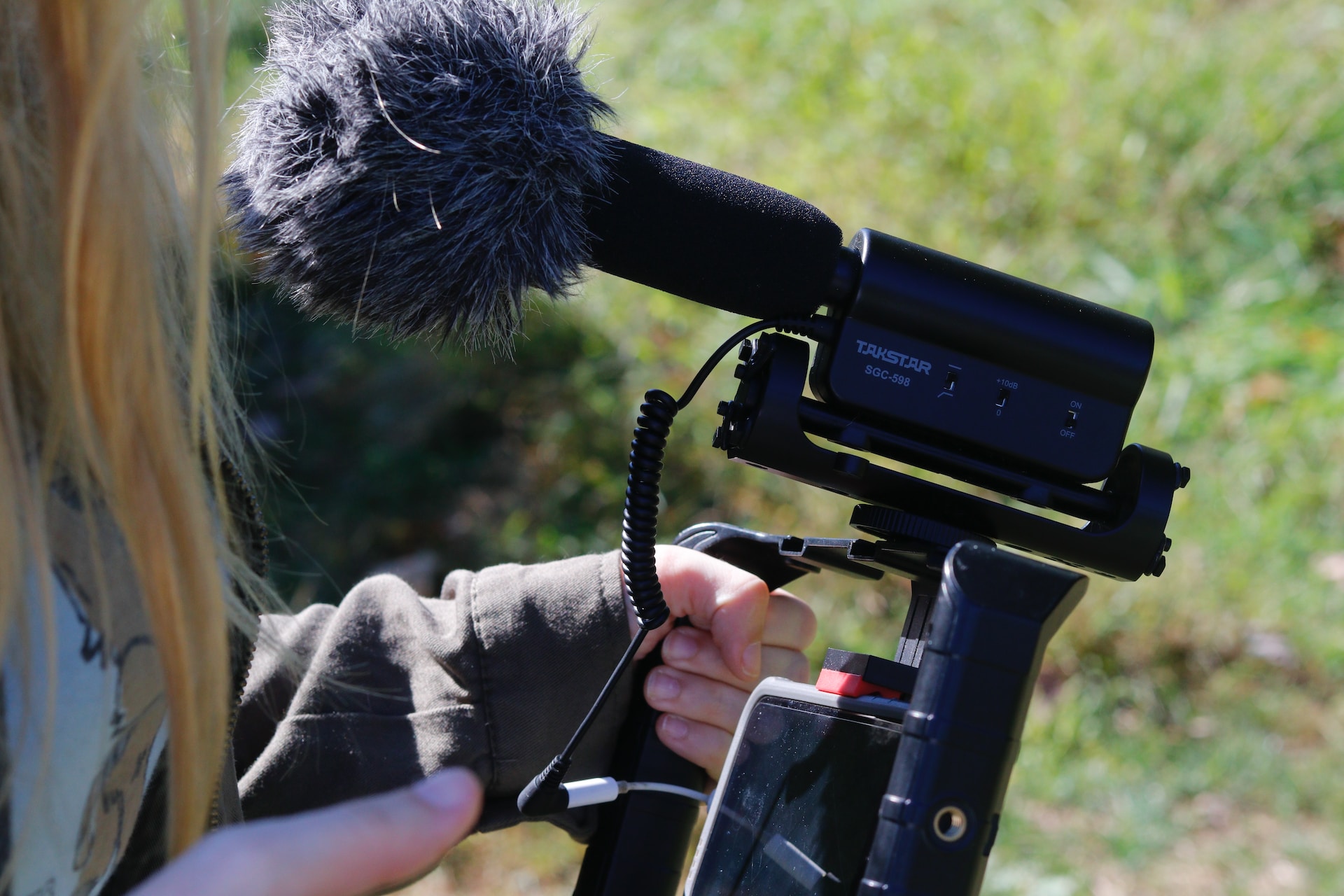Video content is king, and businesses, creators, and individuals are all vying for their slice of the online video pie. While capturing captivating visuals is essential, the real magic happens during the planning phase.
Understanding Your Project
Before you even think about picking up a camera, you must lay a solid foundation for your project. Understanding your project means more than just knowing what you want to shoot — it’s about defining your objectives, audience, message, and budget.
- Define Your Video’s Purpose and Objectives: What do you want to achieve with your video? Is it to educate, entertain, or promote a product? Knowing your purpose sets the tone for the entire project.
- Identify Your Target Audience: Who are you making this video for? Tailoring your content to your audience’s preferences and needs is key to engagement.
- Determine the Message and Story: Every video has a story to tell. Define your narrative and key messages to ensure they resonate with your audience.
- Consider the Budget and Resources Available: Whether you’re working with a lavish budget or tight constraints, knowing your financial limits will guide your decisions throughout the project.
Pre-Production Phase
The pre-production phase is where the magic begins. It’s all about meticulous planning and organization to ensure a smooth shoot.
- Scriptwriting: Crafting a compelling script is the backbone of your video. It guides your narrative, dialogues, and scene transitions.
- Storyboarding: Visualize your video by sketching key scenes and shots. Storyboarding helps ensure you capture every essential element.
- Location Scouting: Choosing the right location is vital. Consider aesthetics, logistics, and permits when scouting for the perfect spot.
- Casting: Whether you’re hiring professional actors or working with amateurs, selecting the right talent is crucial to your video’s success.
Equipment and Crew
Camera and Gear Selection: Your choice of camera and equipment will impact the quality of your video. Select the right tools for your project’s needs.
- Assembling Your Crew: A talented and efficient crew can make or break your video. Define roles and responsibilities to ensure everyone knows their tasks.
- Scheduling and Logistics: Timing is Everything
- Creating a Shooting Schedule: Plan your shoot meticulously, allocating time for each scene or shot. Account for weather and lighting conditions.
- Managing Permits and Permissions: Don’t forget the paperwork! Obtaining necessary licenses and releases is essential to avoid legal issues down the road.
- Budgeting: Keep a close eye on expenses and manage your budget wisely to avoid overspending.
Production Phase
Now comes the moment you’ve been waiting for—shooting your video.
- On-Set Best Practices: Maintain clear communication on set, and effectively direct your talent and crew to bring your vision to life.
- Shooting Techniques: Master the art of framing, composition, angles, lighting, and sound to capture stunning visuals and audio.
- Continuity and Organization: Stay organized on set, ensuring you capture all necessary shots and maintain a backup system for your footage.
Post-Production Phase
- Video Editing: Choose the right software and assemble your raw footage into a coherent and engaging video.
- Sound and Music: Enhance your video with music and sound effects while balancing audio levels for a professional finish.
- Color Correction and Grading: Make your visuals pop with color correction and grading, ensuring consistency throughout the video.
- Graphics and Titles: Incorporate text and graphics to convey your message effectively.
Review and Feedback
- Internal Review: Thoroughly review your edited video and make necessary revisions to ensure it aligns with your objectives.
- External Feedback: Seek feedback from a test audience to gauge the video’s impact and make final adjustments.
Distribution and Promotion
- Choosing the Right Platforms: Select the platforms that align with your goals, considering the specific requirements of each.
- SEO and Metadata: Optimize your video’s discoverability with well-crafted titles, descriptions, and tags.
- Promotion Strategy: Leverage social media, influencers, paid advertising, and partnerships to get your video in front of your target audience.
Conclusion
By following these steps and planning your video shoot like a pro, you’re setting yourself up for success. Remember, the journey from idea to a polished video masterpiece may seem daunting, but with meticulous planning and execution, you can achieve outstanding results. So, grab your camera, create your plan, and let your creativity shine through your videos!
